'Tate Modern has exploded the canon of art history, and transformed the public’s relationship with contemporary art'
Artwork by Louise Bourgeois and Salvador Dali, among others, will be on display for the Tate Modern gallery's 25th Birthday Weekender event.
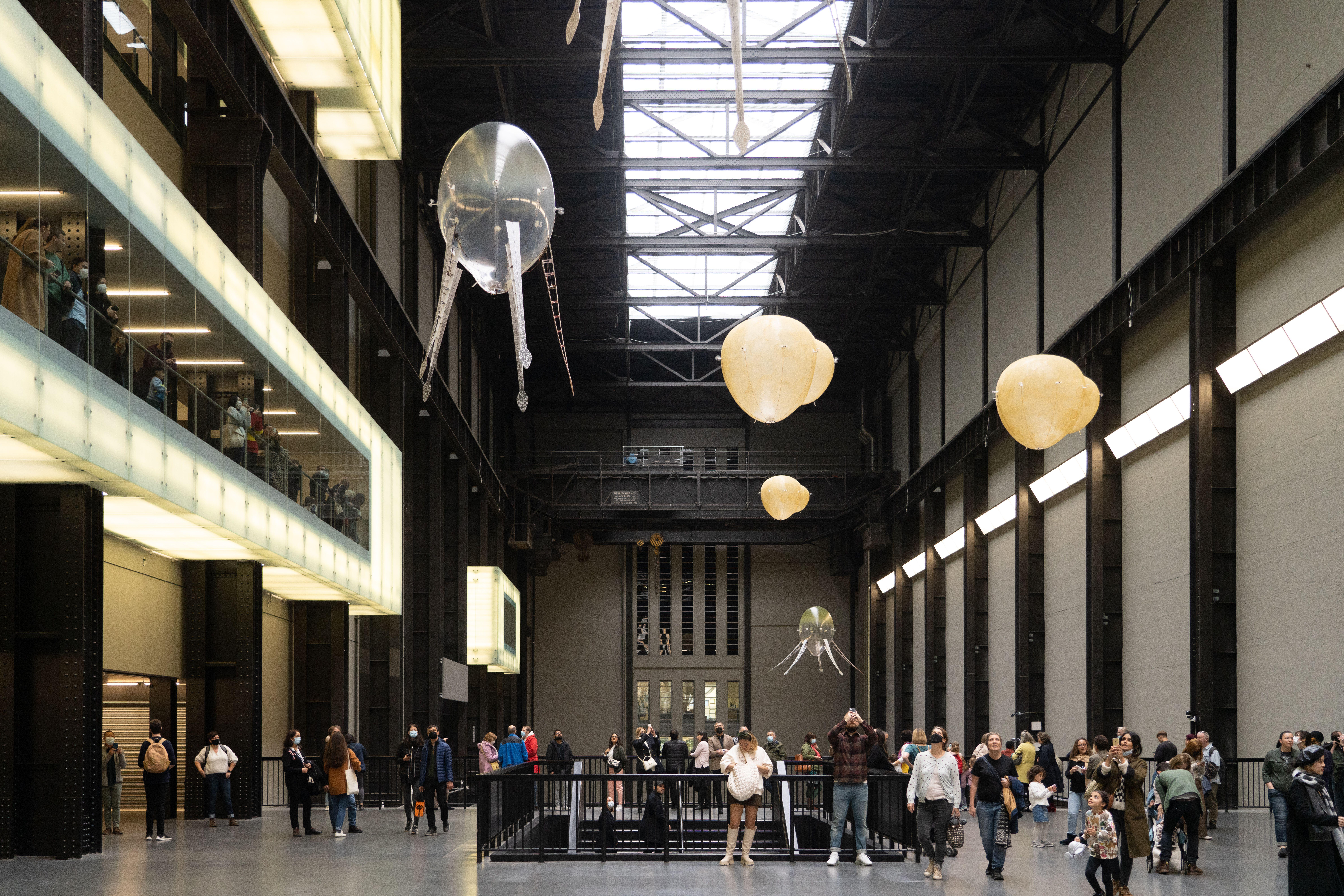

Anyone who remembers the opening of the Tate Modern in London 25 years ago will undoubtedly recall peering up at a 30ft-tall spider, which greeted the first visitors in the 500ft-long Turbine Hall.
Louise Bourgeois’s stainless-steel Maman (the others in the edition, at institutions around the world, are all bronze) was commissioned for the opening and acquired by the gallery in 2008; it will scuttle back into the Turbine Hall in time for a Birthday Weekender, May 9–12 — a far cry from its countless arachnid cousins that no doubt inhabited the site during its period of dereliction.
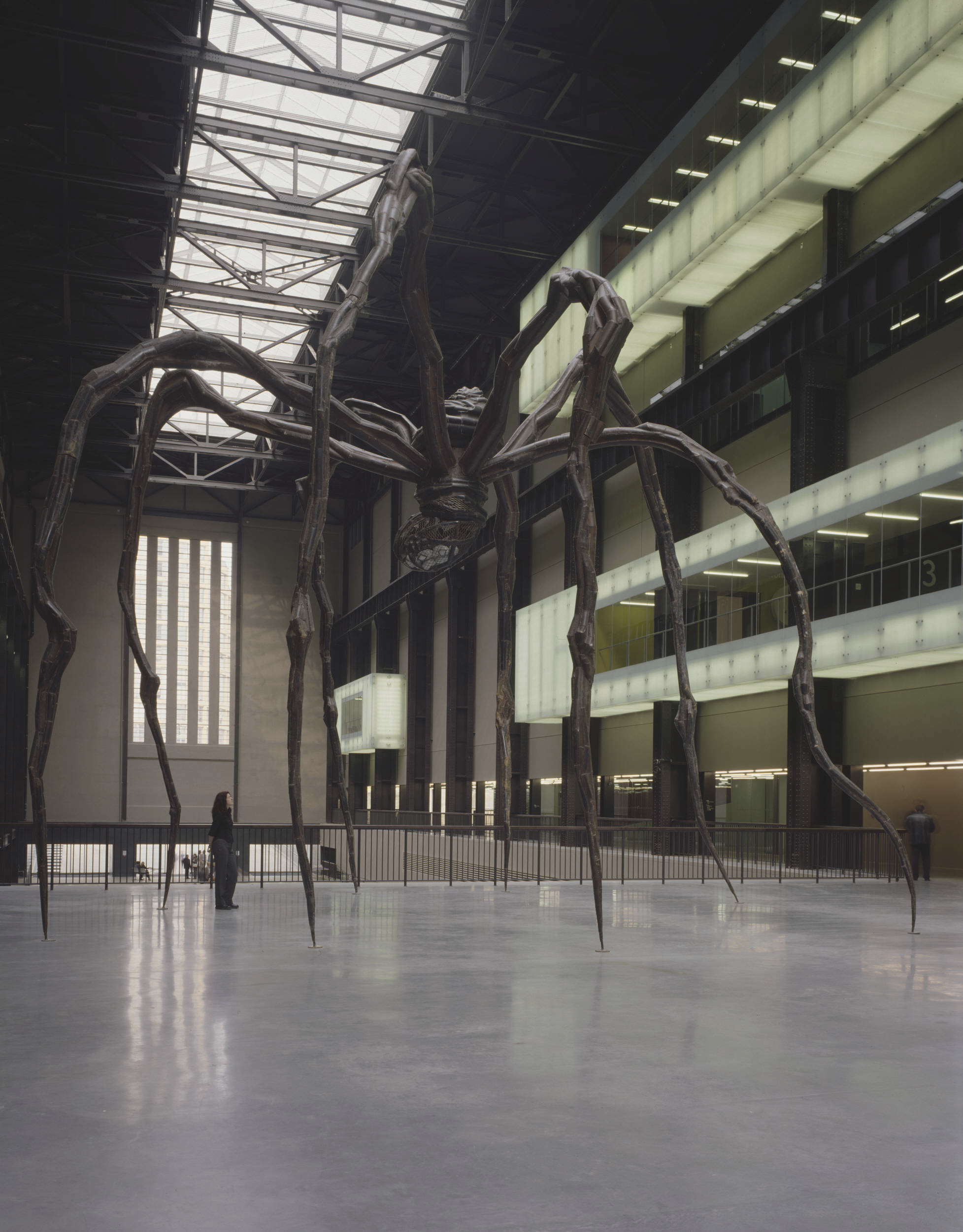
If you're not a fan of creepy crawlies, look away now...
Designed by Sir Giles Gilbert Scott — of Battersea Power Station, Liverpool Cathedral and red telephone-box fame — Bankside Power Station, on the site of a former power station that had existed since 1891, was built in two stages between 1947 and 1963 and became redundant in 1981.
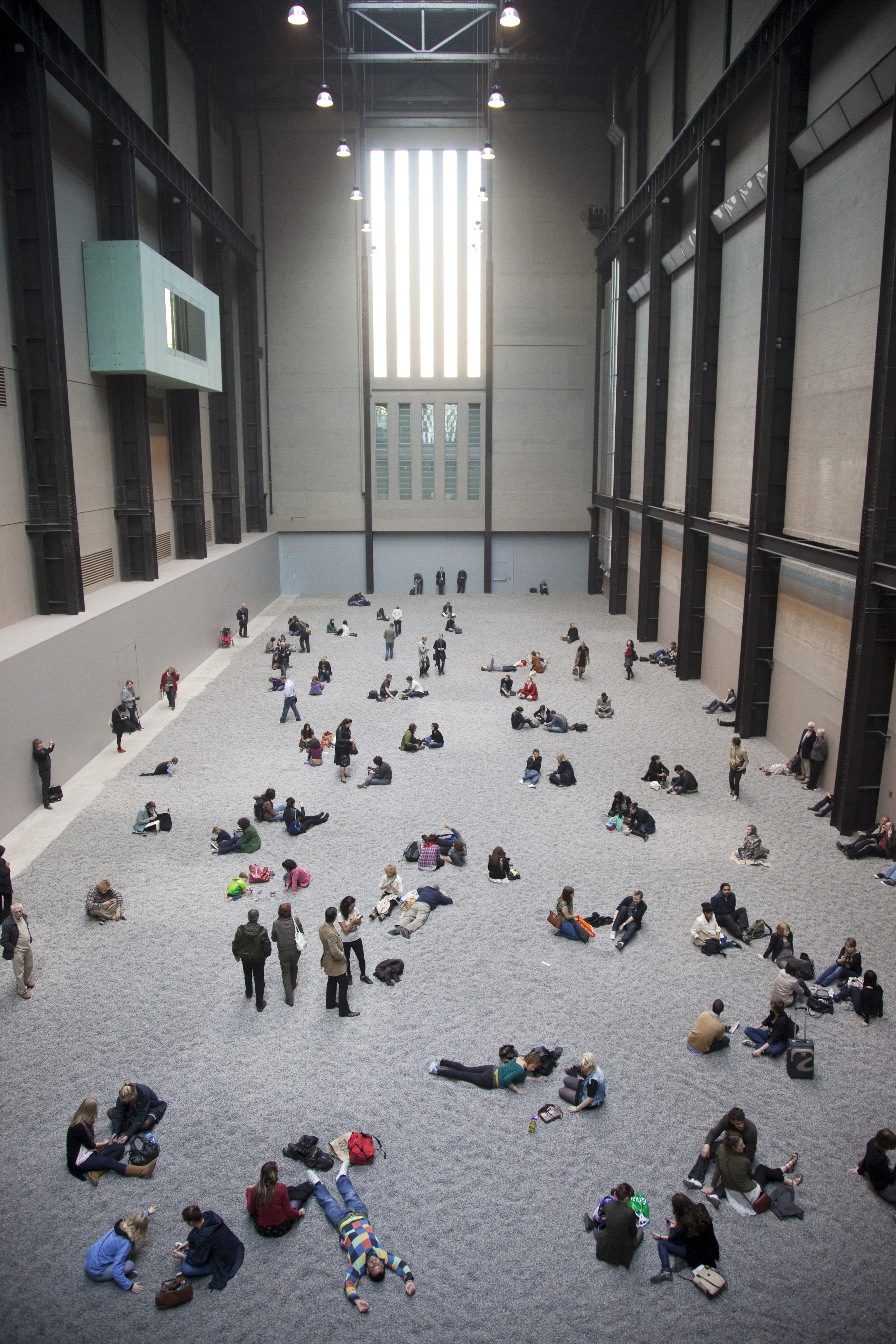
In 2010, Ai Weiwei filled the Turbine Hall with 100million identical looking, but actually unique sunflower seeds.
Selected as the ideal site for Tate’s new modern and contemporary art gallery in 1994, its landmark £134 million conversion was overseen by Swiss architects Herzog & de Meuron. It opened to acclaim on May 11, 2000, providing scribbling journalists with a different kind of fuel than it had 100 years previously, when the station had channelled electricity to the printing presses of Fleet Street. Some 5.7 million annual visitors were flocking to the attraction, more than double the amount the building had been designed to accommodate, so the same architects were enlisted to add a controversial £260 million extension in the form of a twisting, 10-storey, brick ziggurat, which opened in 2016, expanding internal space by 60%.
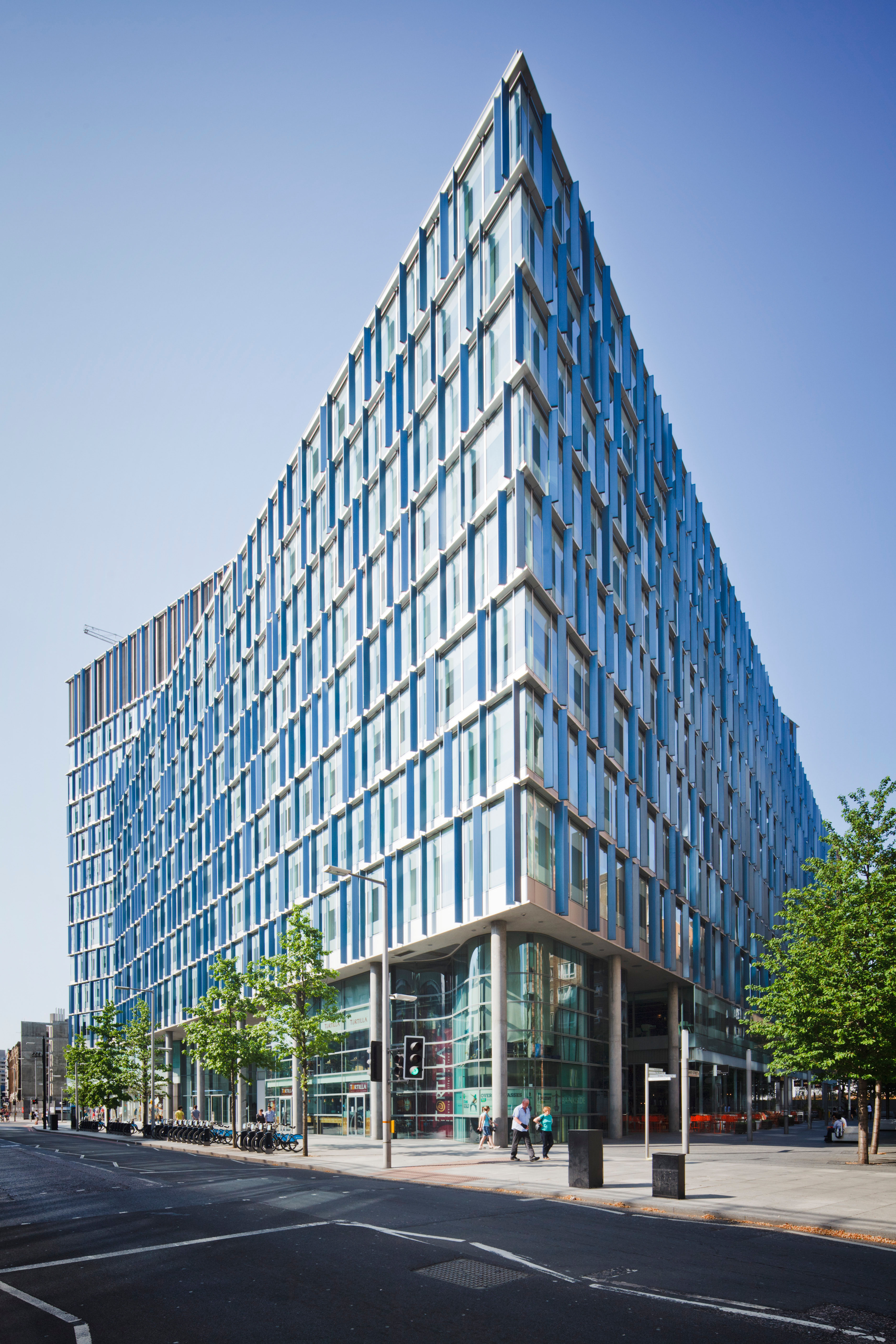
The Country Life used to work out of the Blue Fin Building — until we swam from Southwark in favour of less aquatically-themed offices
This was much to the chagrin of luxury flat owners in the glass-walled buildings that had sprung up in the gallery’s environs as Southbank-adjacent property prices soared. Country Life’s former office, the Blue Fin Building, was in one such, with a front-row seat to the works in the early 2010s.
Other 25th-anniversary celebrations, apart from the Bourgeois, include a trail of 25 key works installed around the building, such as Andy Warhol’s Marilyn Diptych, Mark Rothko’s ‘Seagram’ murals, Dorothea Tanning’s Eine Kleine Nachtmusik (returning from a major Surrealism show in Paris) and Salvador Dalí’s Lobster Telephone. ‘The selection showcases how art—and Tate Modern itself—has always pushed the boundaries and challenged norms, ultimately letting us all see the world through new eyes,’ explains director of programme Catherine Wood.
Two new exhibitions, ‘A year in Art: 2050’ and ‘Gathering Ground’ (the latter including recent additions to the collection by artists such as Outi Pieski, Edgar Calel and Nalini Malani, plus a specially commissioned participatory installation by Abbas Zahedi), will both be open in time for the Birthday Weekender.
Exquisite houses, the beauty of Nature, and how to get the most from your life, straight to your inbox.
Created in partnership with clothing brand UNIQLO, the event will also include free talks, tours, family workshops, live music and special food and drink offerings. Between May 5 and September 16, UNIQLO will run a personalised-embroidery T-shirt station, featuring artwork by the likes of Bourgeois and Dalí.
Birthday Weekender artwork
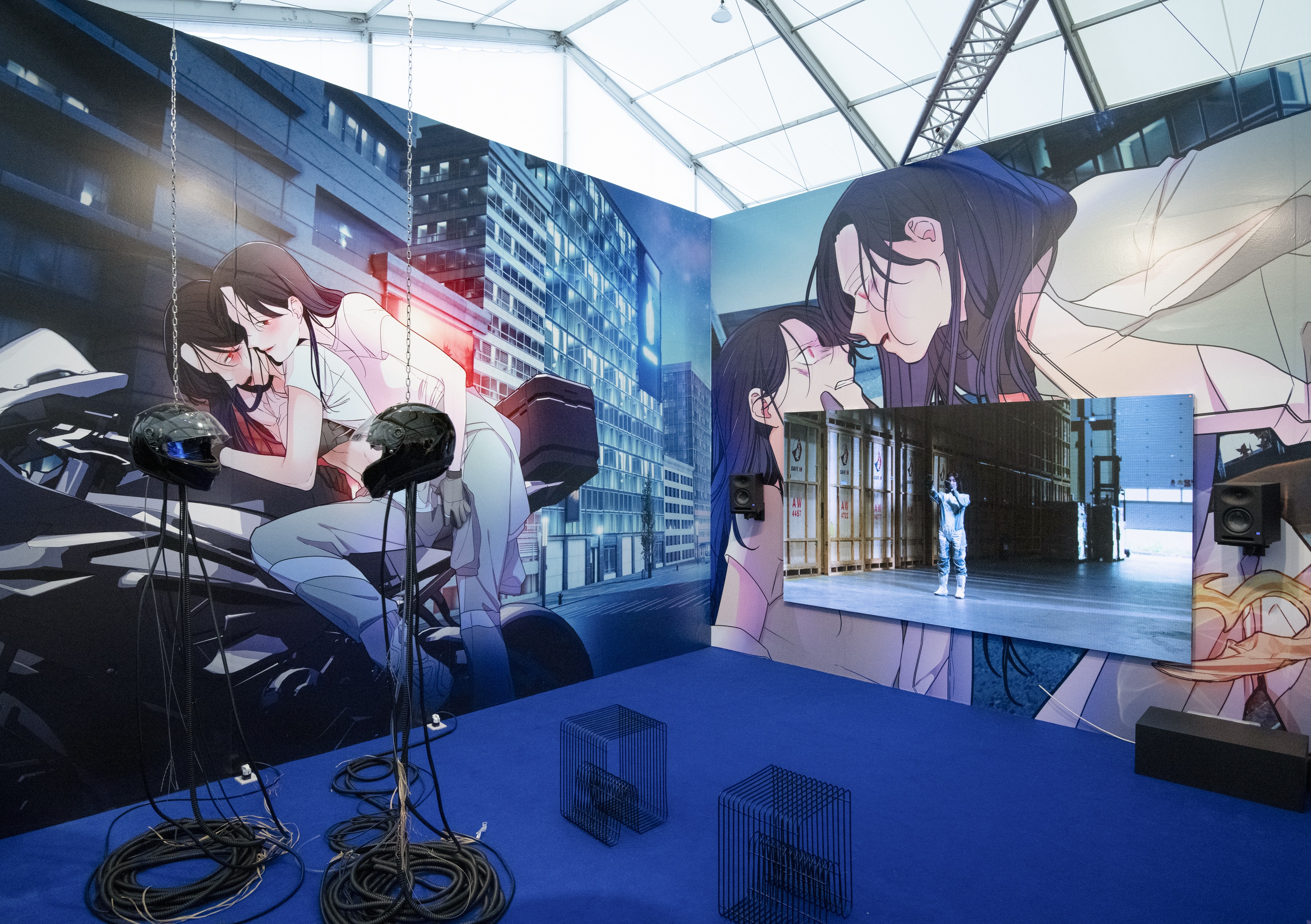
Ayoung Kim's Delivery Dancer's Sphere and Evening Peak Time is Back.
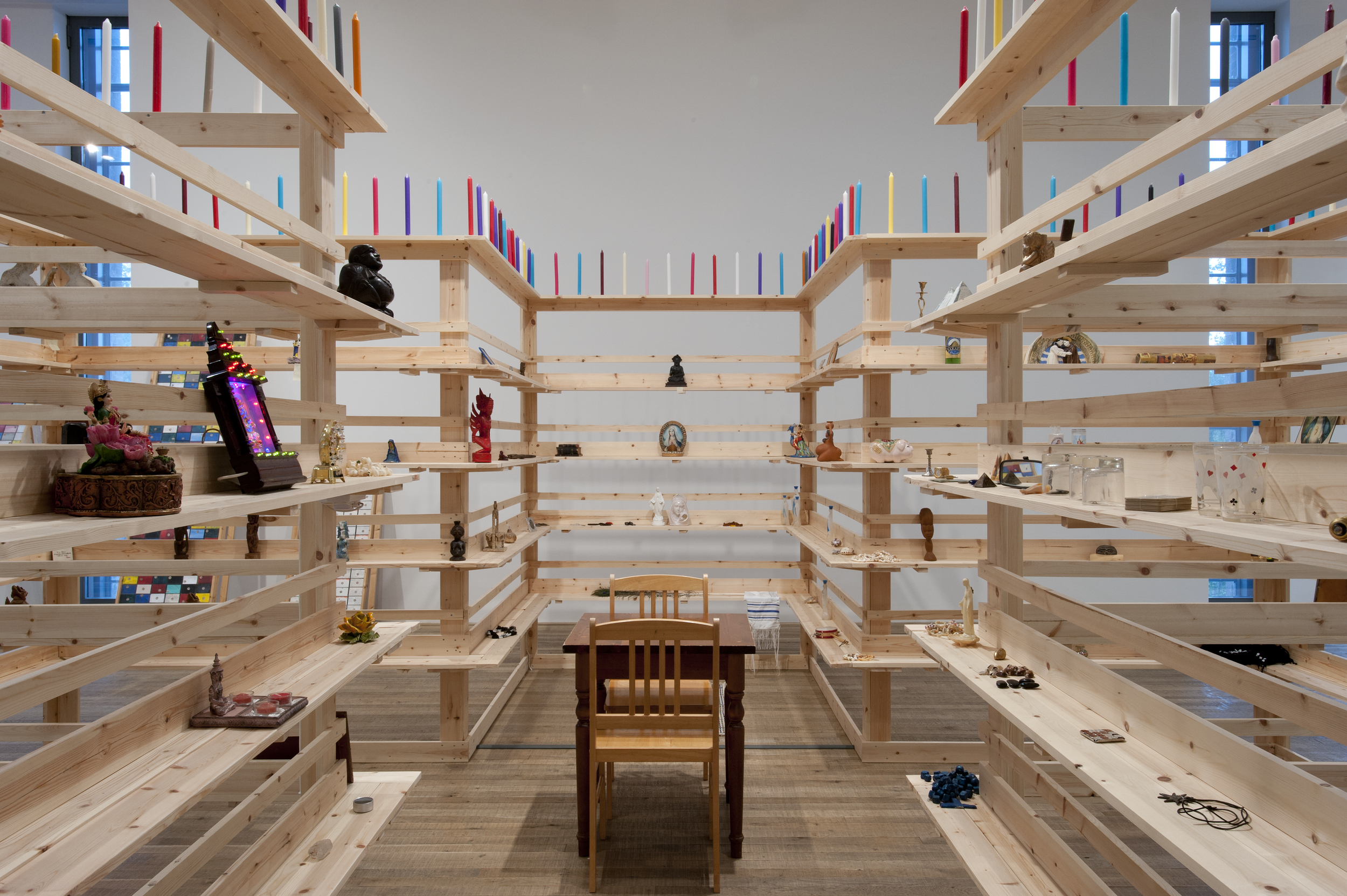
Meschac Gaba's Art and Religion Room from the Museum of Contemporary African Art.
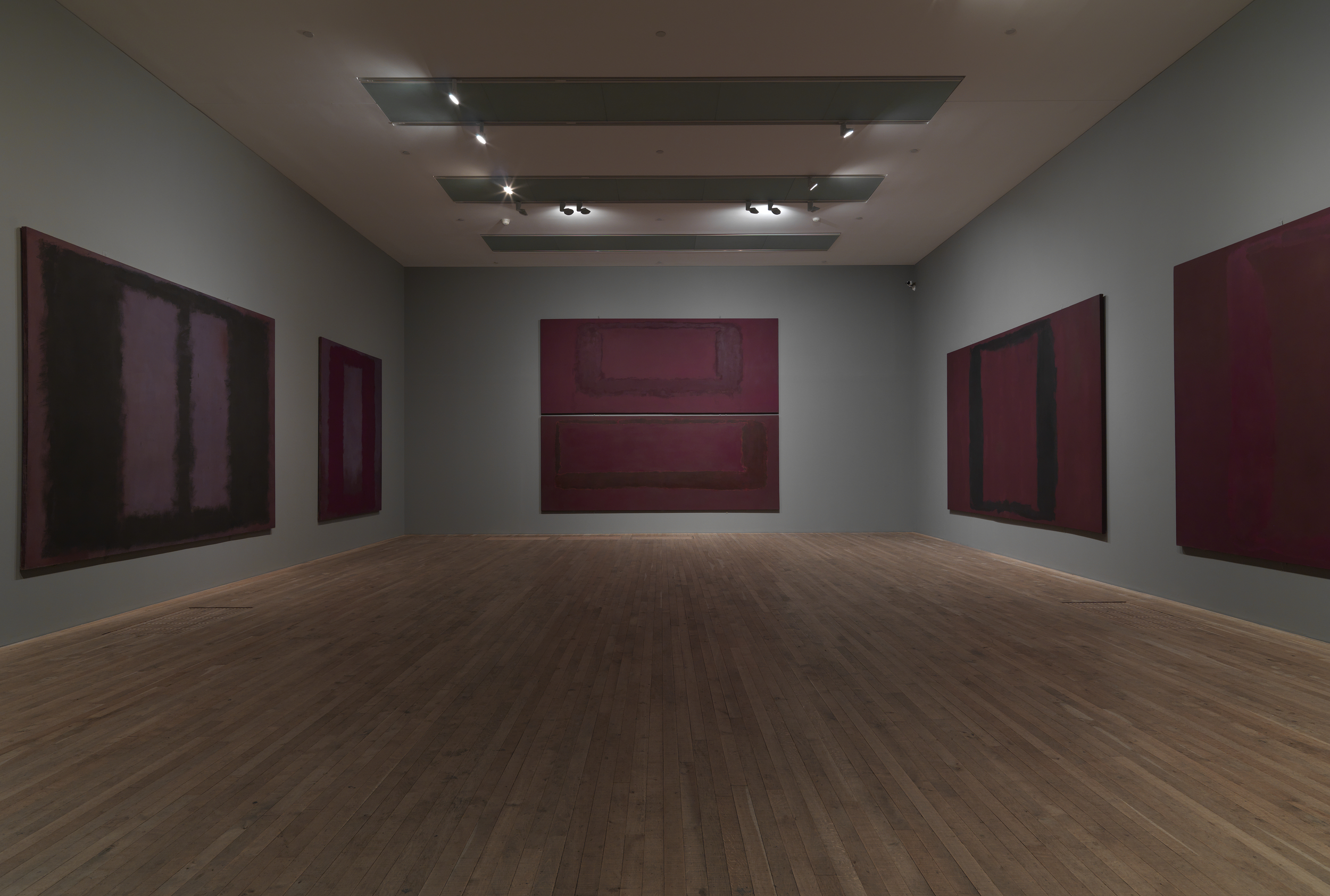
Mark Rothko's Seagram Murals.
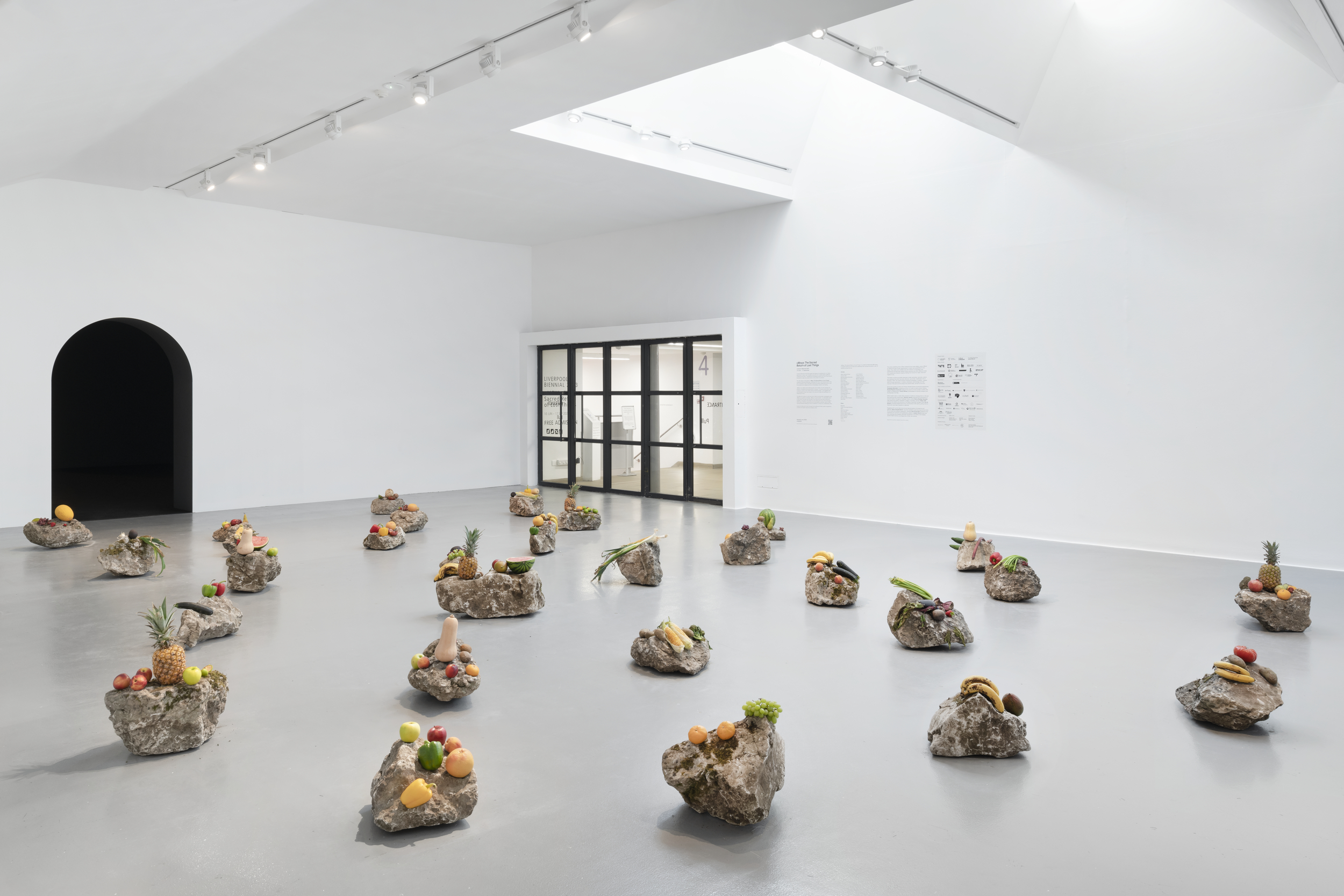
Edgar Calel, Ru k’ox k’ob ’el jun ojer etemab’el (The Echo of an Ancient Form of Knowledge), pictured at the Liverpool Biennial 2023 at Tate Liverpool.

Bruce Connor's Crossroads from 1975.
‘Tate Modern has made an incredible impact in only 25 years. It has exploded the canon of art history, transformed the public’s relationship with contemporary art, and rewritten the rules for what an art museum can be,’ says gallery director Karin Hindsbo. ‘Our birthday weekend will be a wonderful chance to see what we do best and get a taste of where we’re going next.’
Since 2000, more than 40 million people have visited Tate Modern. It is one of the UK’s top three tourist attractions and generates some £100 million for London’s economy annually.
Annunciata is director of contemporary art gallery TIN MAN ART and an award-winning journalist specialising in art, culture and property. Previously, she was Country Life’s News & Property Editor. Before that, she worked at The Sunday Times Travel Magazine, researched for a historical biographer and co-founded a literary, art and music festival in Oxfordshire. Lancashire-born, she lives in Hampshire with a husband, two daughters and a mischievous pug.
-
 A country home that comes with a perfect lifestyle business: one of Britain's oldest vineyards
A country home that comes with a perfect lifestyle business: one of Britain's oldest vineyardsAstley Vineyard in Worcestershire, and the lovely house that it comes with, are looking for a new owner.
-
 Making space in a Georgian terraced Chelsea cottage
Making space in a Georgian terraced Chelsea cottageGuy Goodfellow removed an internal wall to transform the sitting room of this Georgian terrace
-
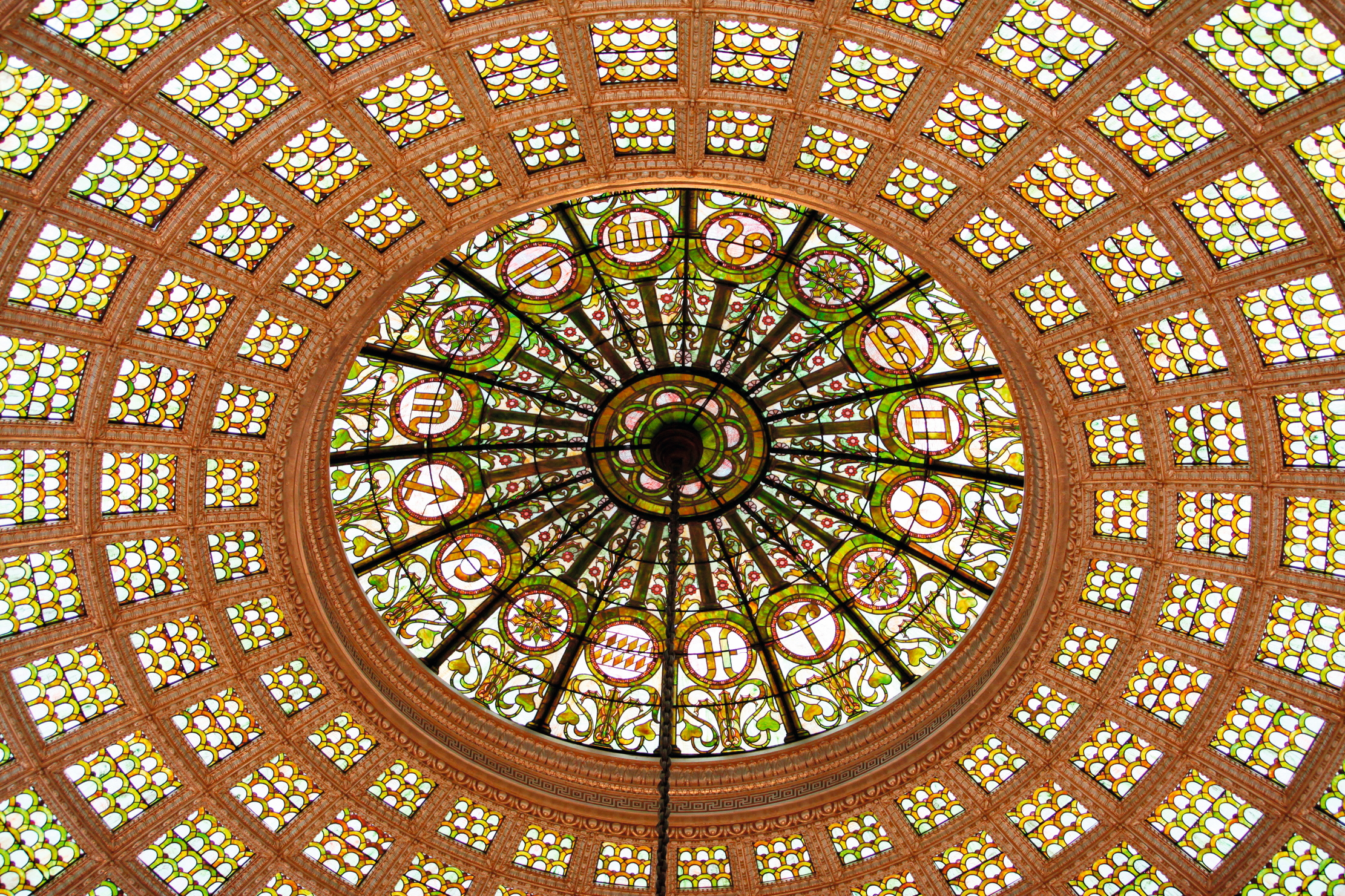 'Gems of enflamed transparencies, of bottomless blues, of congealed opals': Why glass was perfect for the elemental experimentalism of Art Nouveau
'Gems of enflamed transparencies, of bottomless blues, of congealed opals': Why glass was perfect for the elemental experimentalism of Art NouveauArt Nouveau masters such as Louis Comfort Tiffany and Émile Gallé turned the most fragile of materials into iridescent masterpieces that shimmered like seashells or glittered like Byzantine mosaics.
-
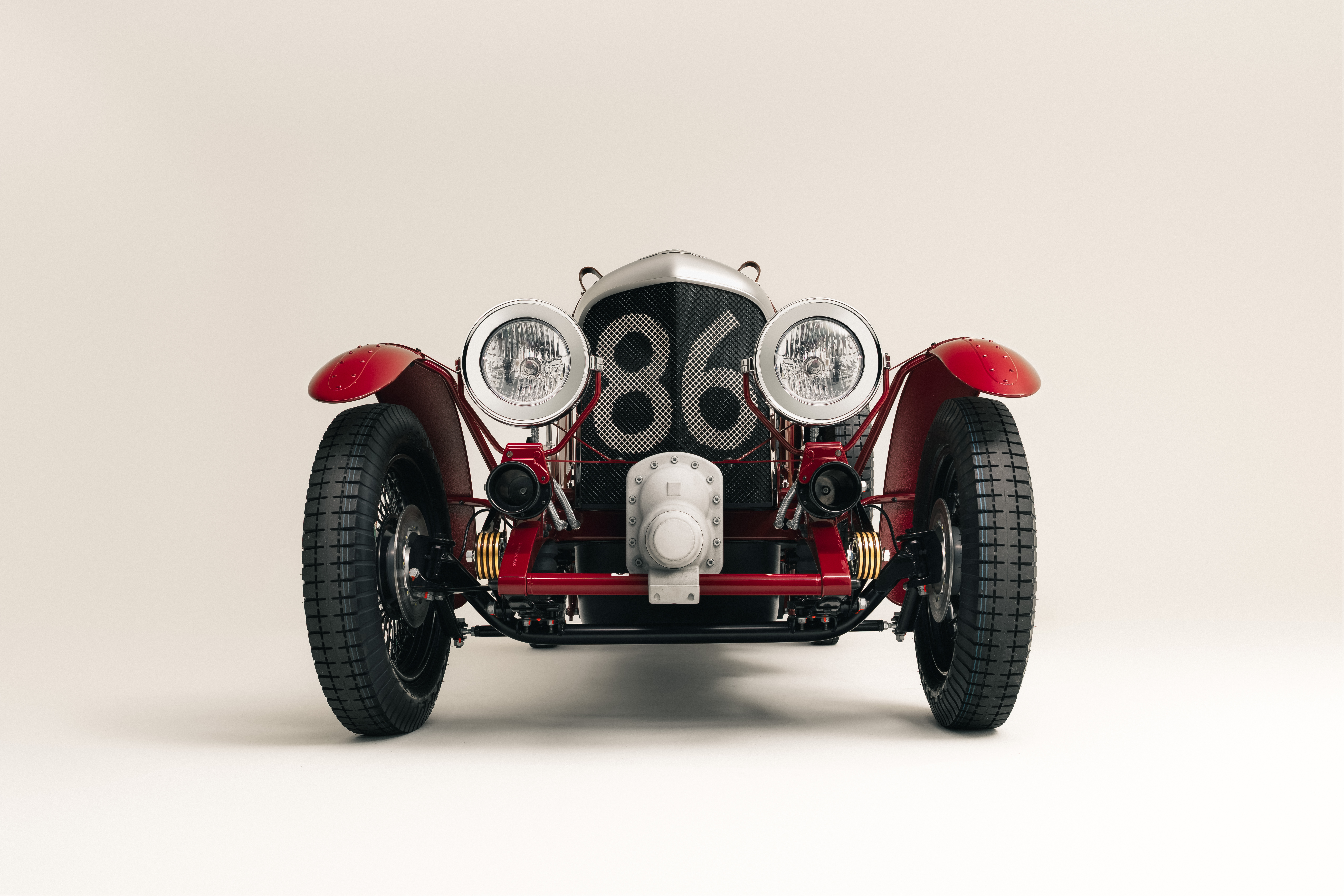 Why you absolutely need an electric Bentley Blower furnished with Russian reindeer leather
Why you absolutely need an electric Bentley Blower furnished with Russian reindeer leatherA collaboration between Hedley Studios and The King's shoemaker George Cleverley has produced something rather remarkable. Jeremy Taylor goes for a drive.
-
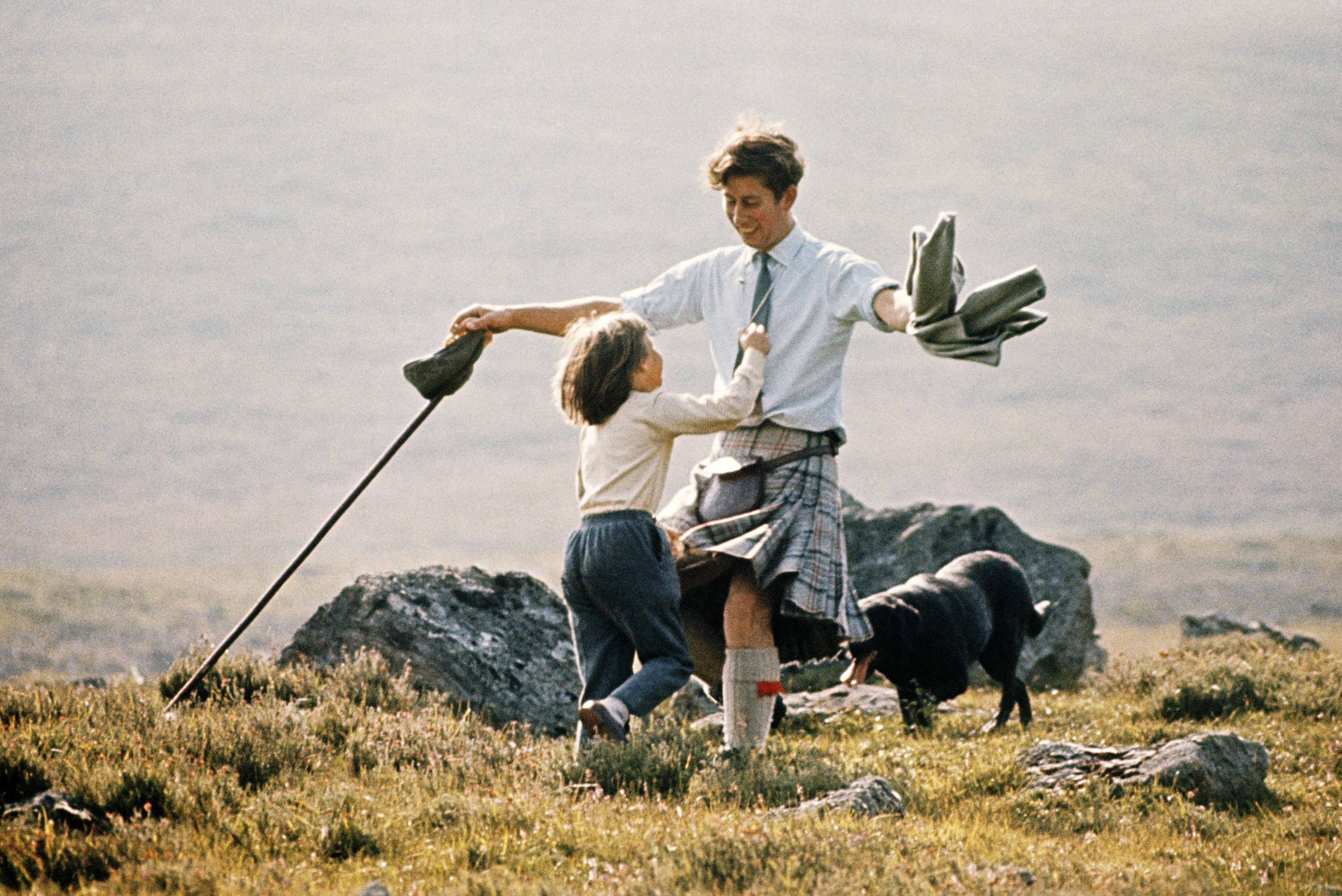 Kilt status: A history of the iconic Scottish skirt, from wartime wrap to punk protest
Kilt status: A history of the iconic Scottish skirt, from wartime wrap to punk protestEverything you need to know about the kilt — apart from what to wear underneath one.
-
 The Glovebox: Return of the Bentley Supersports, the ultimate rural Range Rover and the car collection fit for The King
The Glovebox: Return of the Bentley Supersports, the ultimate rural Range Rover and the car collection fit for The KingA century after it was the first Bentley to top 100mph, the Supersports is back and looking better than ever.
-
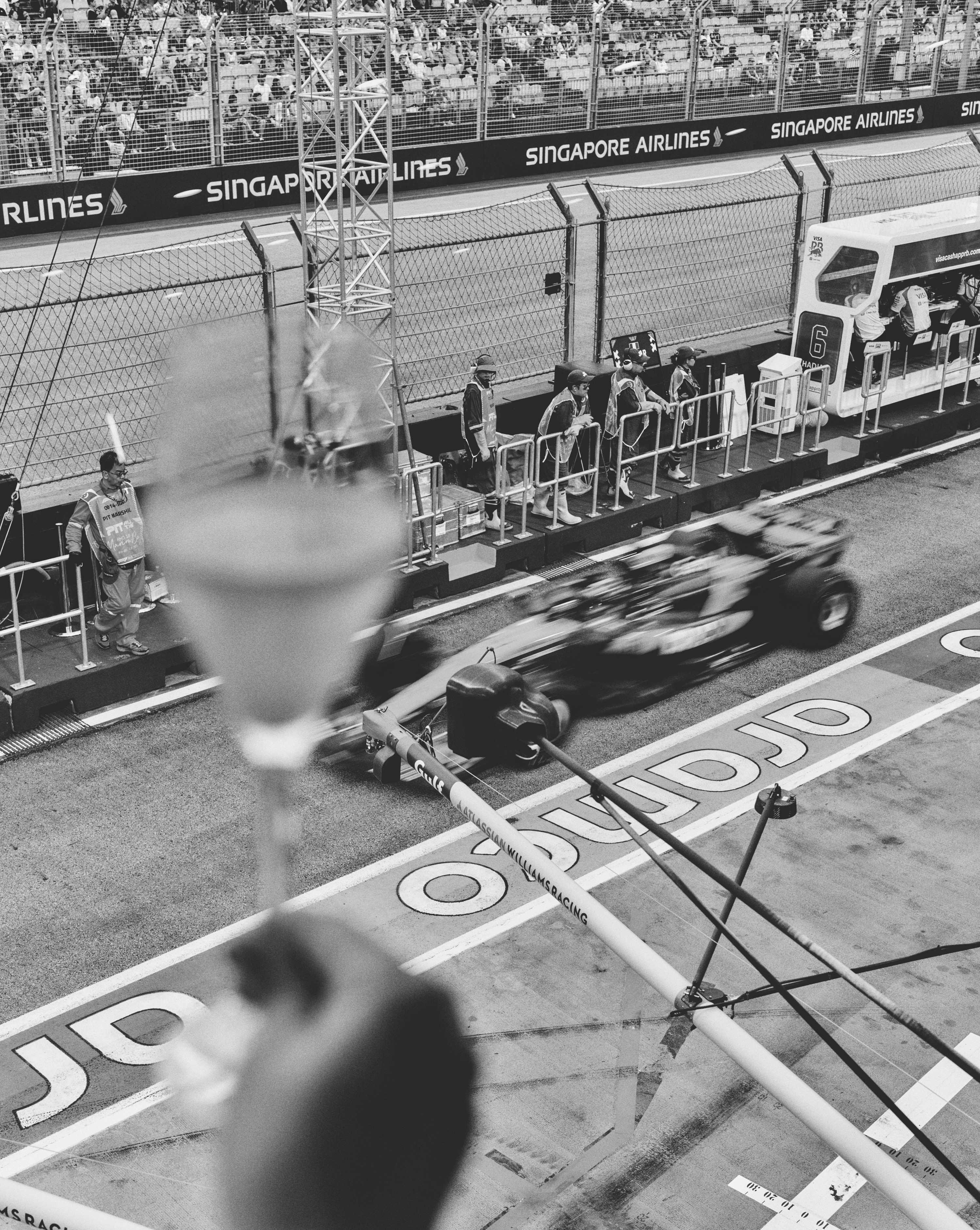 'The night smells like engine oil… and money': Singapore’s glittering night race paved the way for a new era of city-centre Grands Prix
'The night smells like engine oil… and money': Singapore’s glittering night race paved the way for a new era of city-centre Grands PrixIt's the Las Vegas Grand Prix this weekend, but it and other city-centre Grand Prix would be nothing without trailblazing Singapore. Natasha Bird explains how the city state got it so right.
-
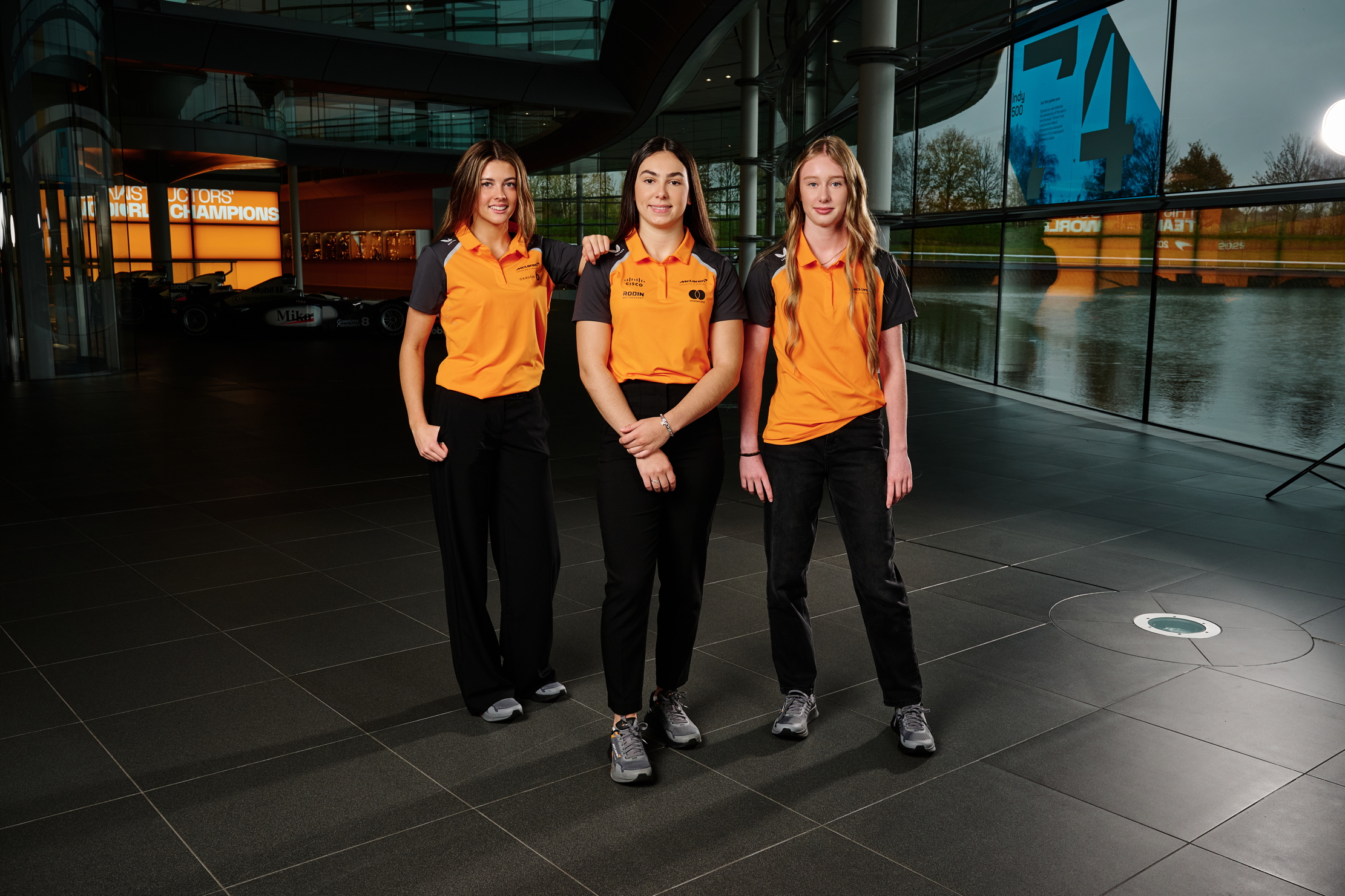 McLaren's three Ellas and the future of motorsport
McLaren's three Ellas and the future of motorsportMcLaren is rewiring the pipeline for women, on track and across the motorsport landscape
-
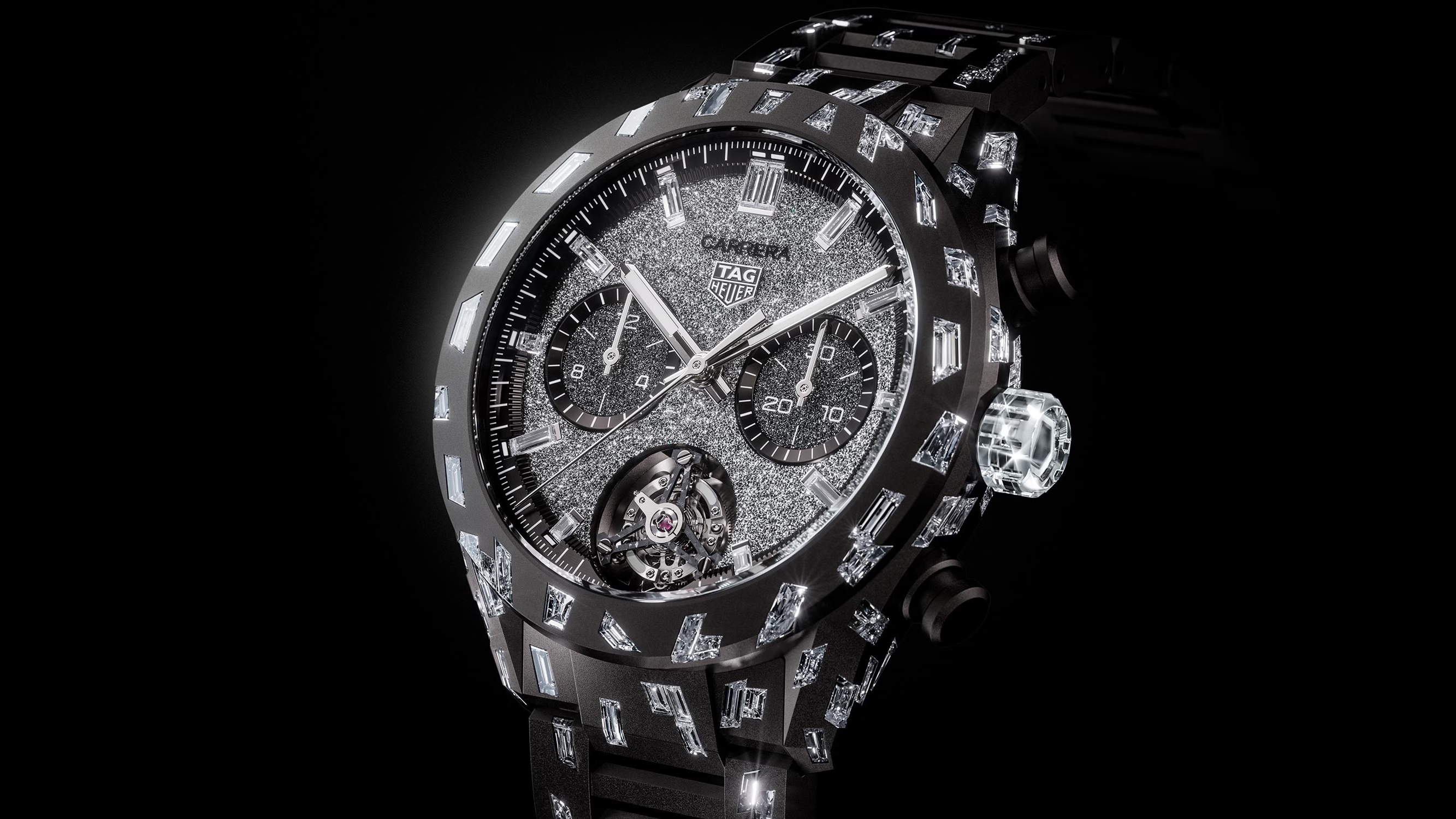 The real deal: Can you tell the difference between mined and synthetic diamonds?
The real deal: Can you tell the difference between mined and synthetic diamonds?And would you buy a watch studded with laboratory-made ones?
-
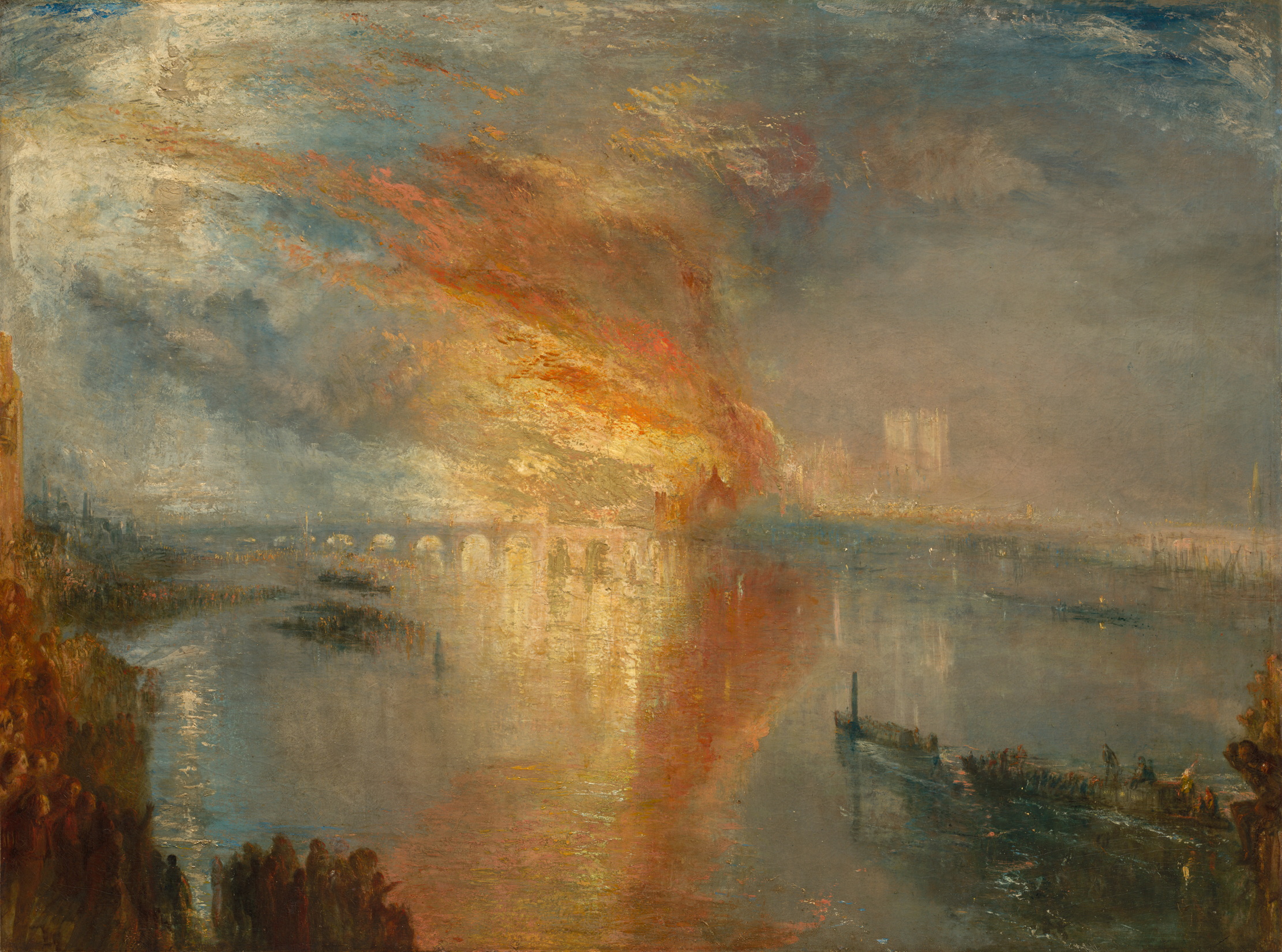 Who won the rivalry between Turner and Constable? It was us, the public
Who won the rivalry between Turner and Constable? It was us, the publicA forthcoming exhibition at Tate Britain that revives the rivalry between these two 19th century painters sheds new light on their relationship.
